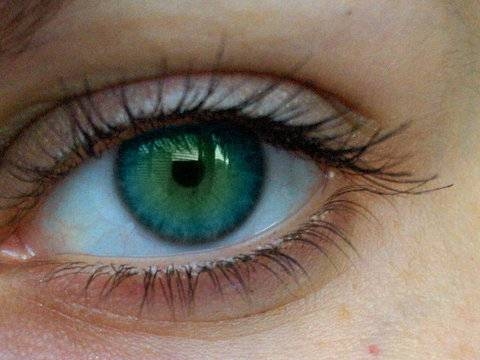
Photo courtesy of magmiretoby via Flickr
January is Glaucoma Awareness Month, an important time to share information about one of the leading causes of blindness. Glaucoma is part of a group of common eye diseases and disorders that effect vison. It is the second leading cause of blindness worldwide, so it is essential to know the risks and how to prevent the disease.
What is Glaucoma?
According to the Centers for Disease Control and Prevention (CDC), Glaucoma effects about 3 million Americans. Glaucoma is part of a group of diseases that damage the eye’s central nerve, also known as the optic nerve. The optic nerve does the important job of carrying messages from the eye to the brain.
Our eyes need the right amount of fluid to work properly. When the amount of fluid in the eye is not balanced, or not draining properly, the eye can build up pressure. This pressure in the eye causes damage to the optic nerve, and can lead to blind spots, or loss of vision in a specific area of the eye. If left untreated, damage to this nerve can cause vision loss or blindness.
Unfortunately, the CDC reports that half of people with glaucoma don’t know they have it, and there is no cure, so it’s important to learn the signs of glaucoma, take steps to prevent or slow the progression of glaucoma, and reduce the risk of vision loss.
According to the National Eye Institute, signs of glaucoma include sudden blurry vision, severe eye pain, headaches, nausea, a halo or rainbow-colored rings within your vision.
Anyone can get glaucoma; however, some groups have a greater risk of developing the condition. People aged 60 years and older with a genetic history of glaucoma and diabetes are at a higher risk. African Americans and Latin Americans aged 40 and over are also at a higher risk, and African American women are at a higher risk than African American men, according to the CDC.
What can you do to protect your eyes?
Get covered: Medicare and most health insurance plans cover glaucoma tests under your primary coverage. If you have health insurance, call your health plan to learn about what services are covered. If you do not have health insurance, visit the NY State of Health website at this link: https://nystateofhealth.ny.gov/ or call their help line at 1 (855) 355 5777 to learn about your options for health insurance. The New York State Marketplace is currently open for enrollment in health insurance plans. Go to the website or call to learn about your options.
Get an annual, physical exam: Many insurance plans cover an annual health exam. During this exam, your provider will check your vision, weight, blood pressure, and run tests to identify or rule out possible illnesses, including chronic conditions like diabetes, which has been linked to glaucoma.
Get regular eye exams: The National Eye Institute recommends getting an eye exam once a year. It is important to have regular eye exams with an eye doctor. Regular eye exams allow the doctor to identify early signs of the disease and help you get the treatment you need.
Although glaucoma cannot be reversed or cured, the earlier you treat the condition, the more you can slow the damage to your eyes and your vision. Make an appointment if you have not seen your primary physician, eye doctor, or ophthalmologist. Make sure to get your annual check-ups to review your weight and blood pressure and get tested for chronic diseases.
Naomi Pemberton, MPA, CPC is senior project manager at Montefiore’s Office of Community & Population Health.




